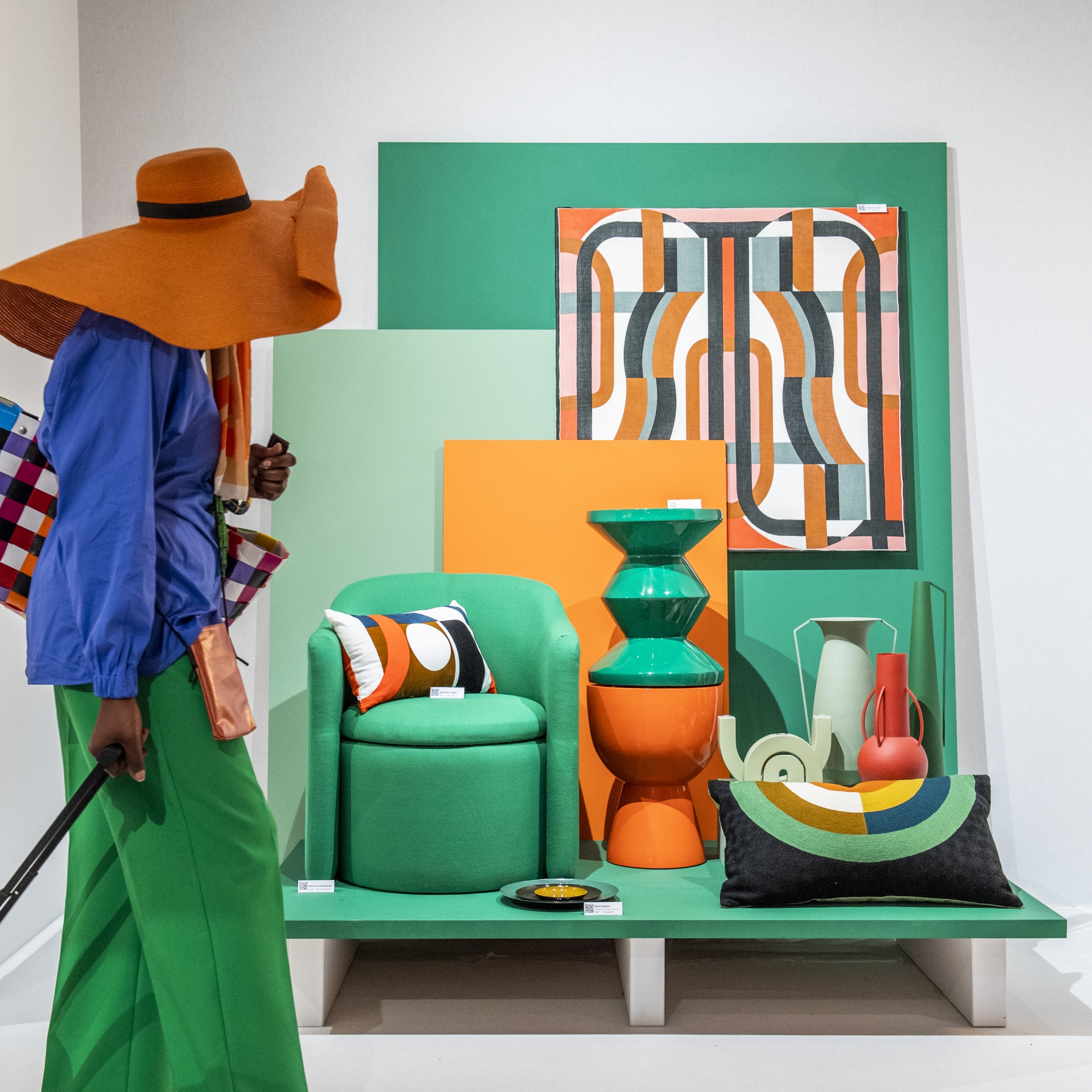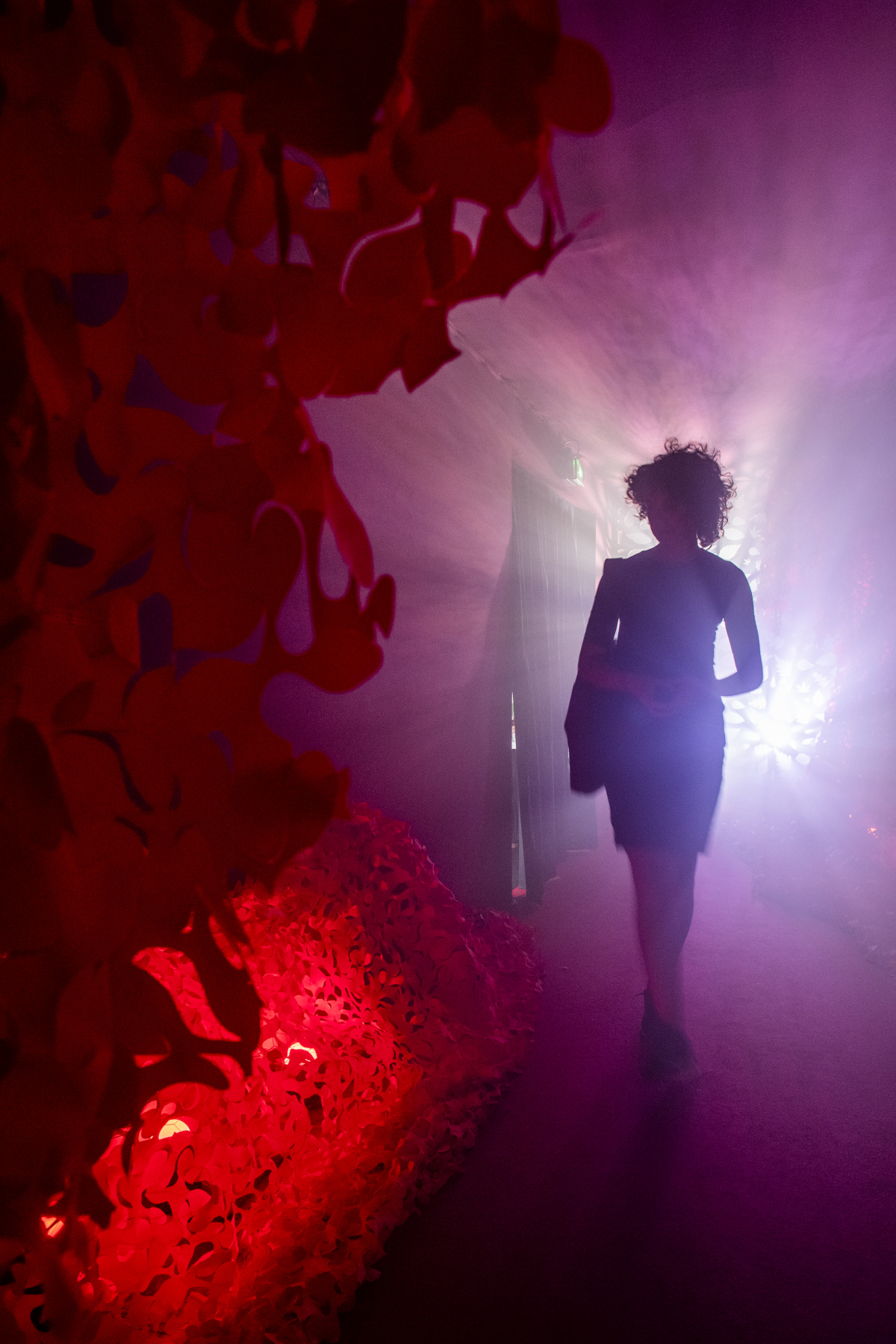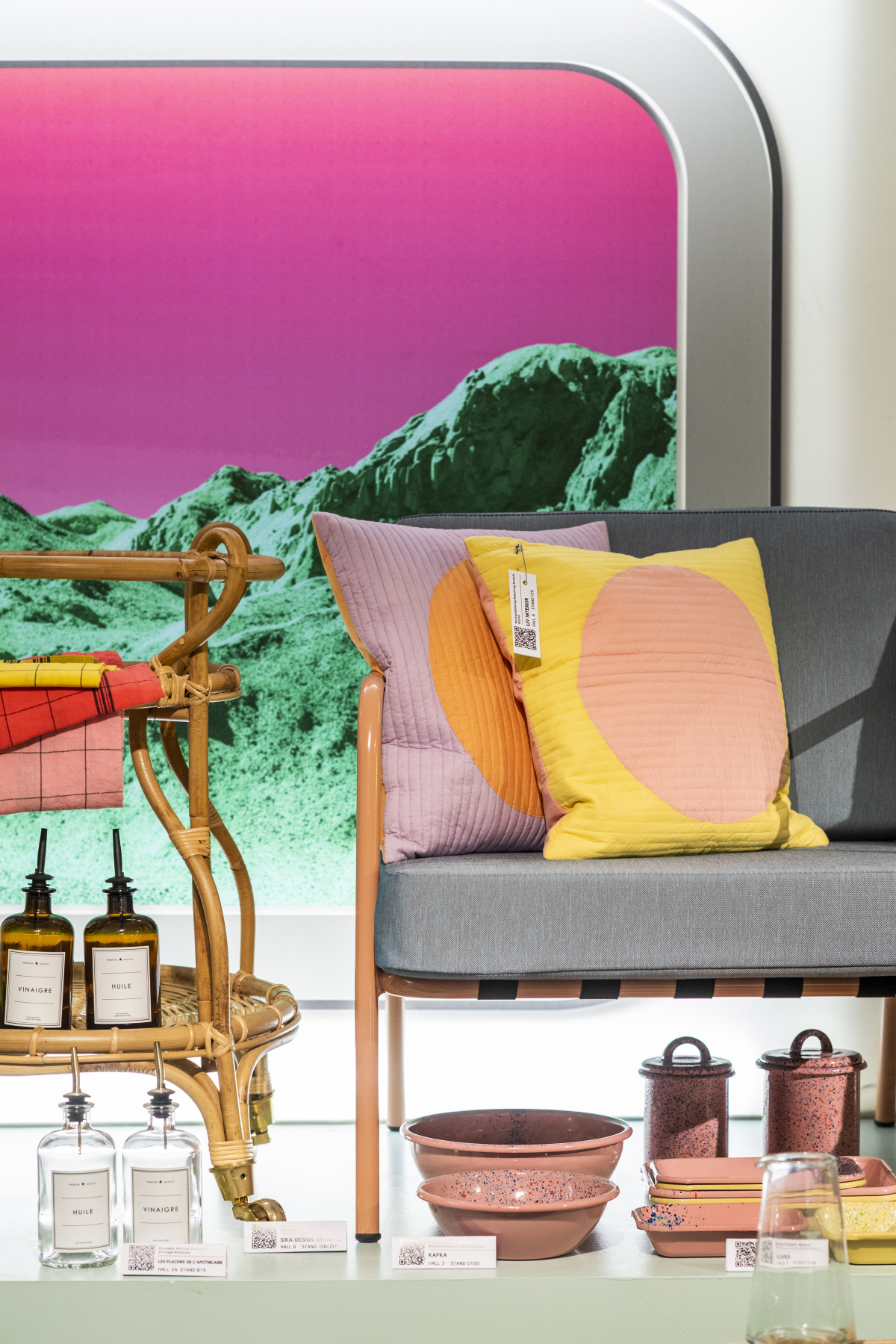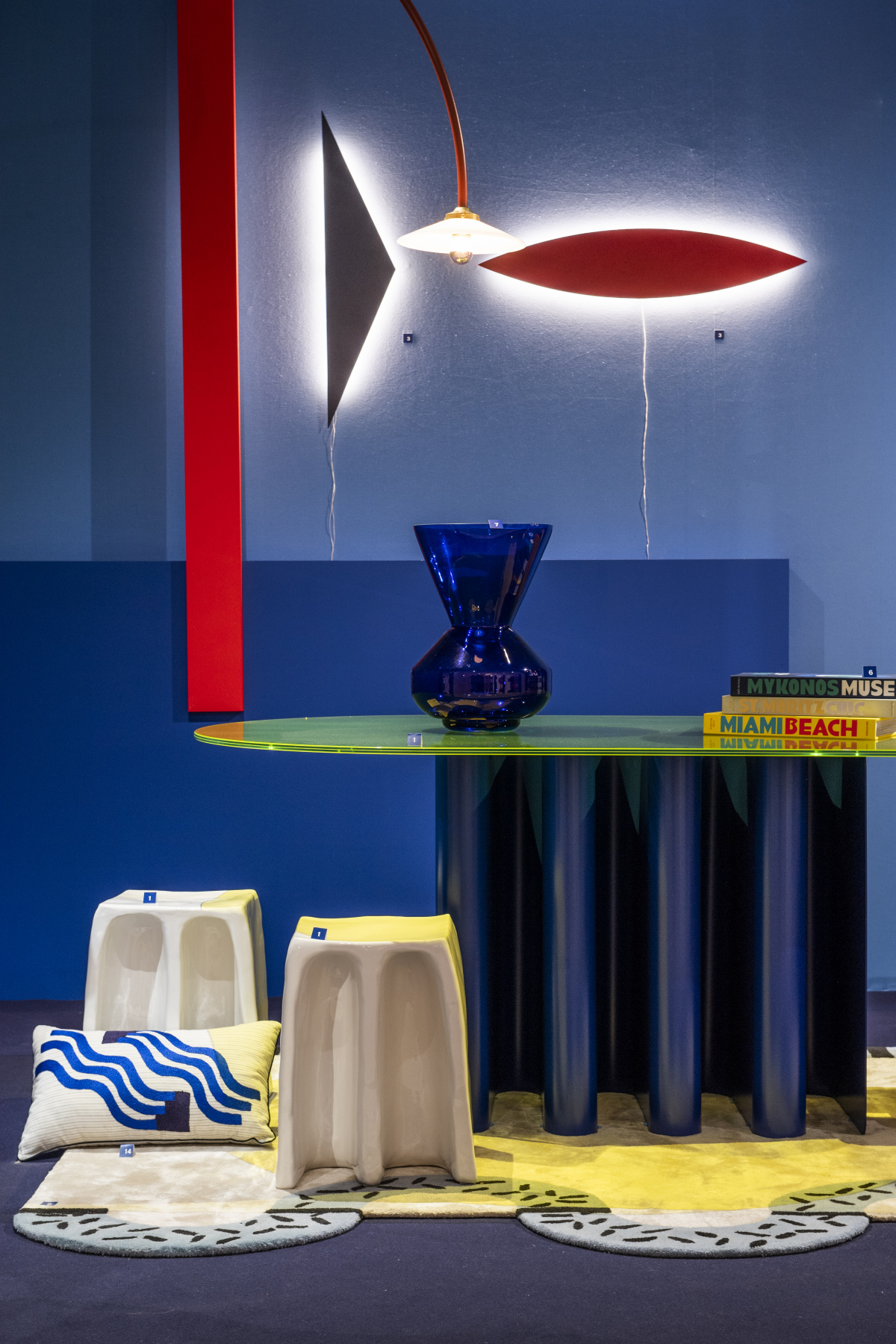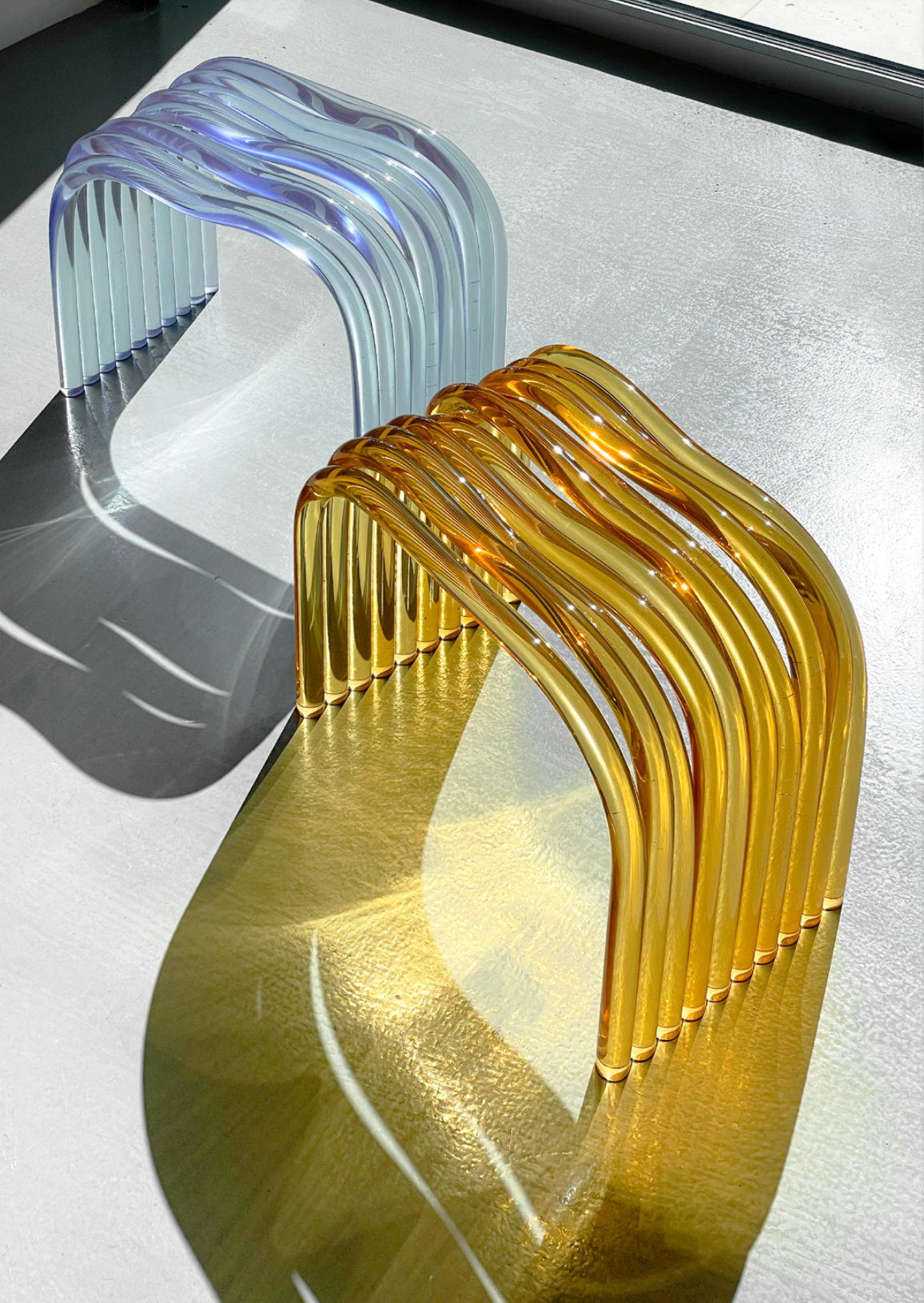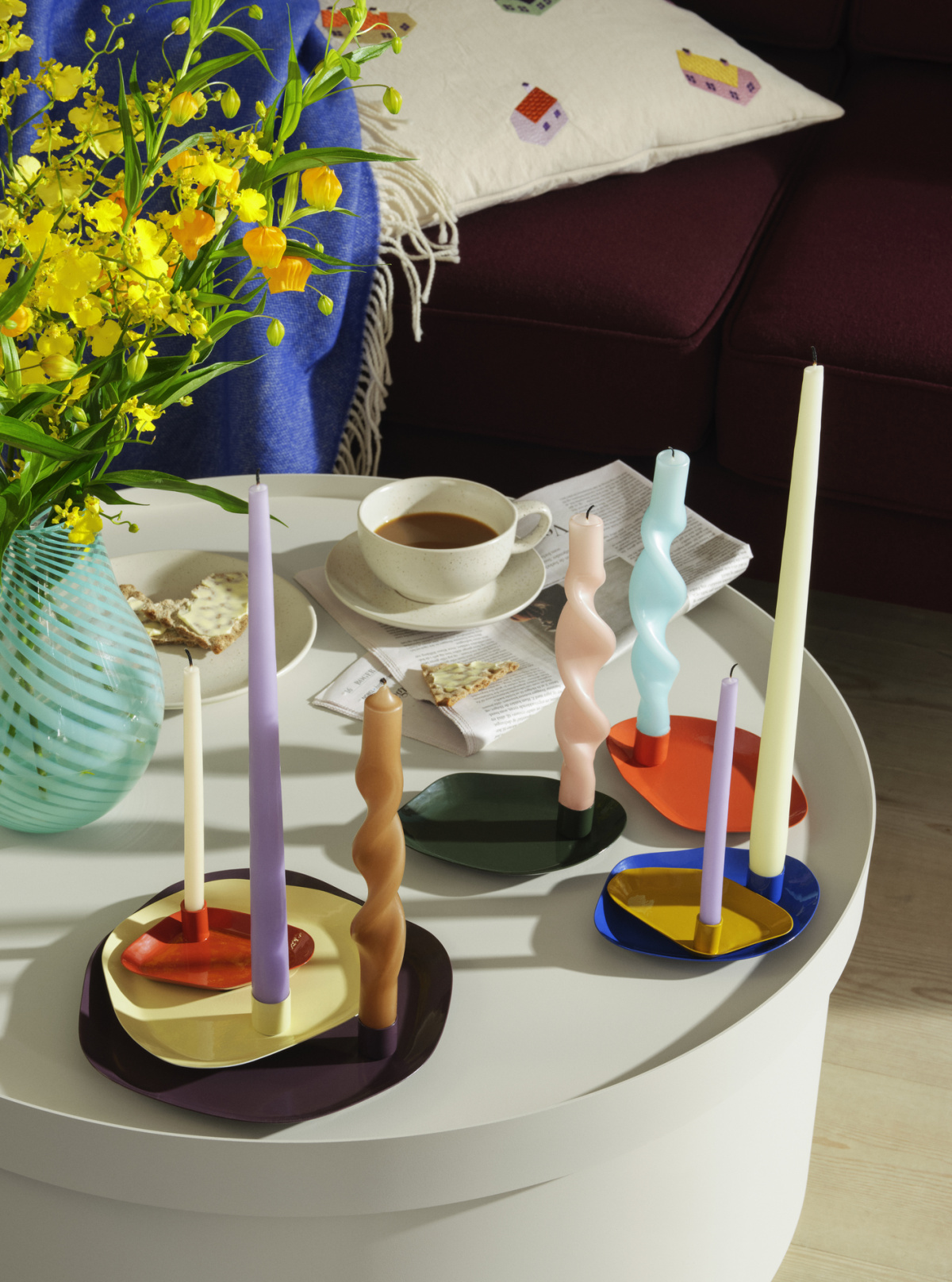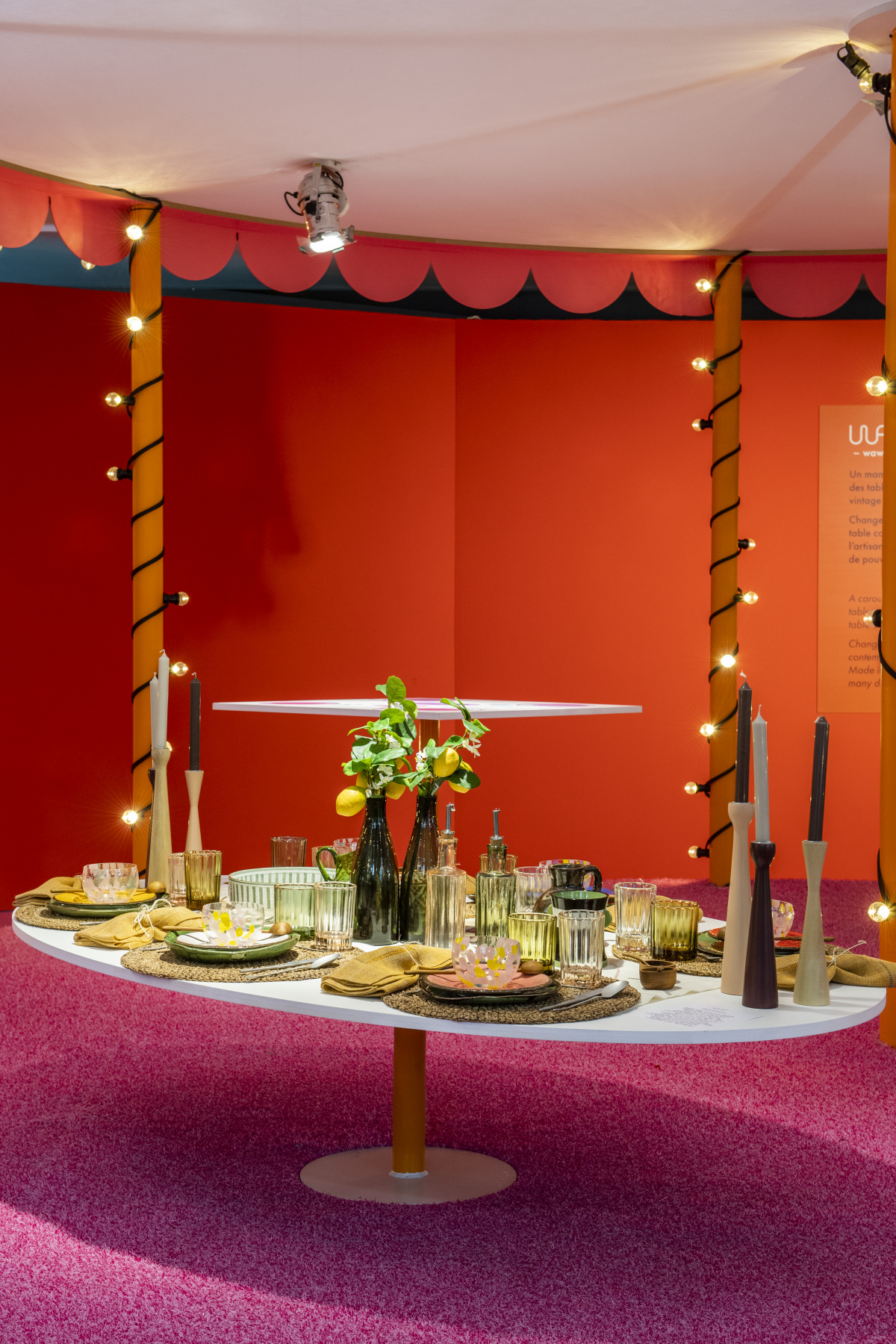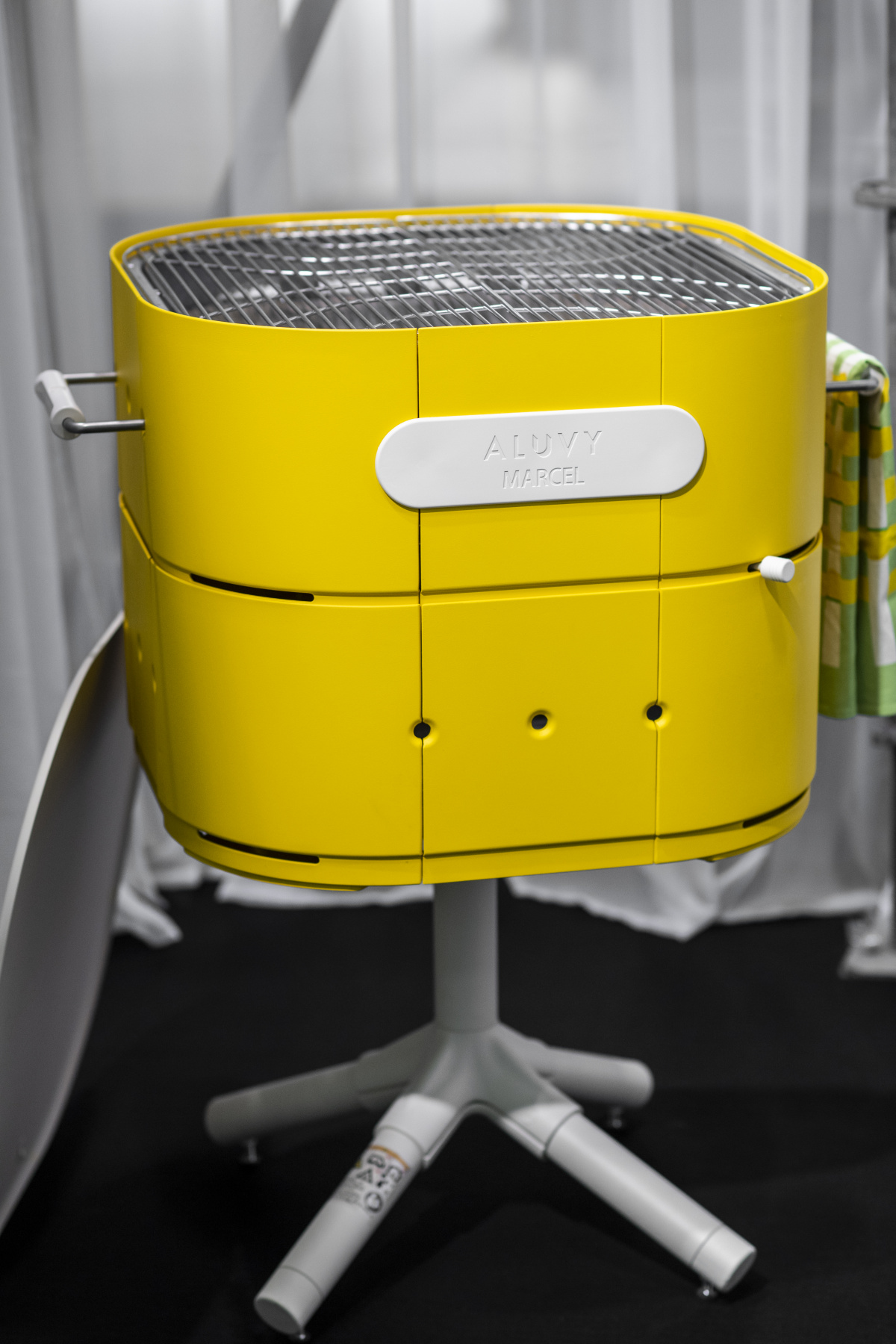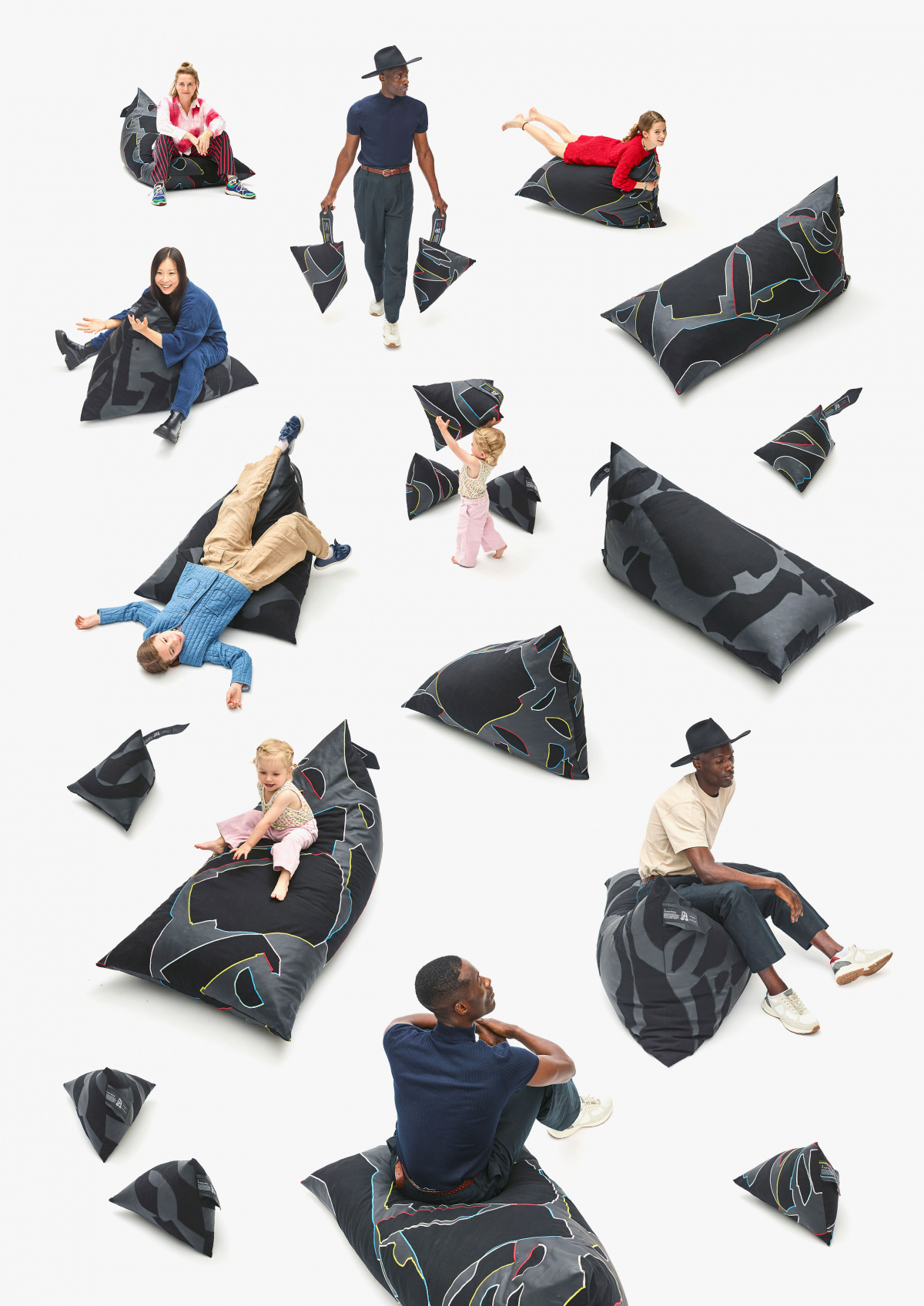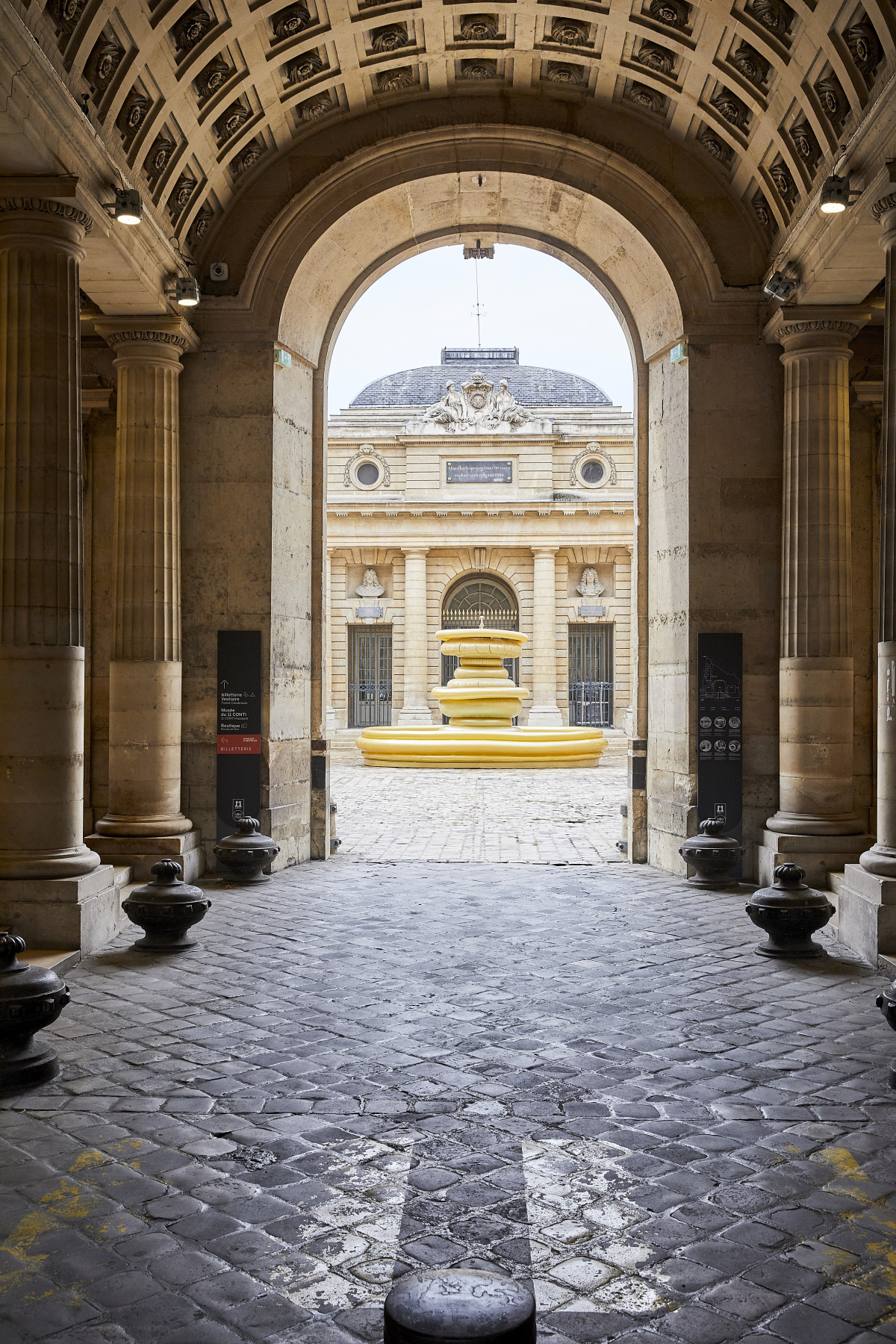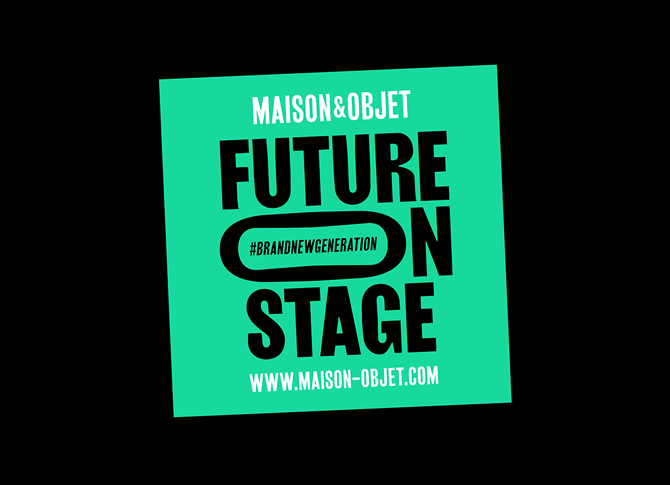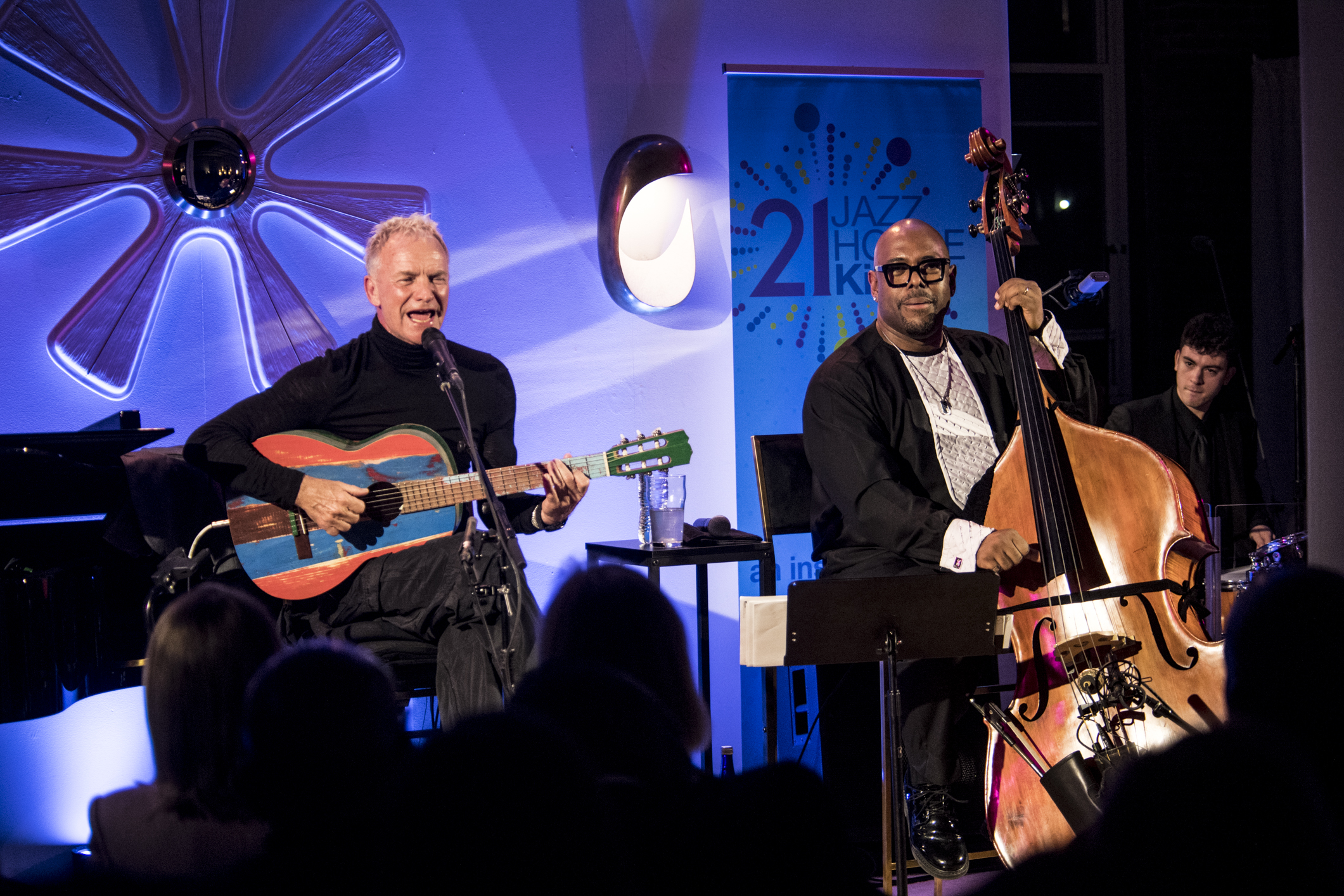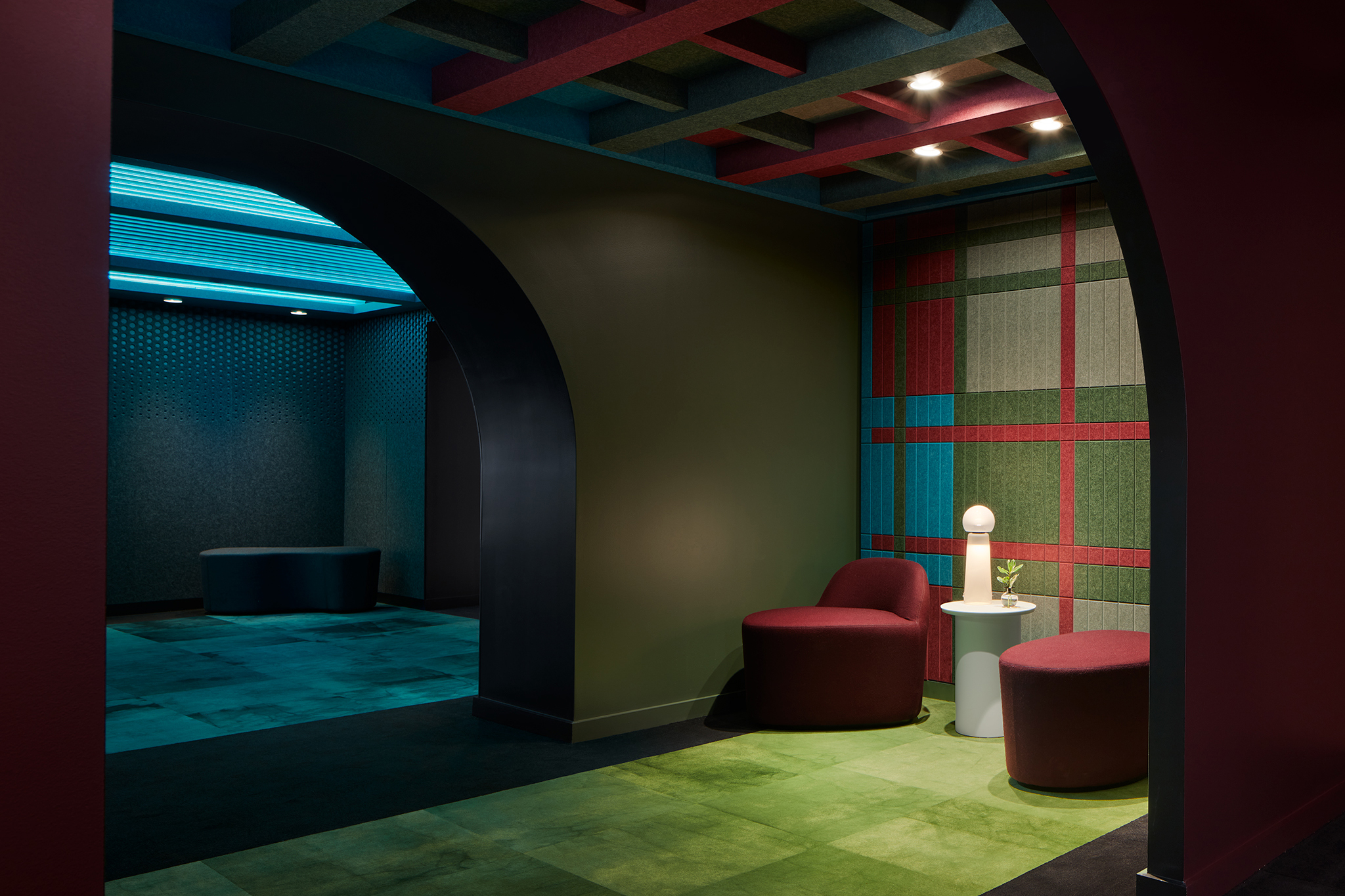Maison&Objet attracted over 60,000 visitors and 2,000-plus exhibitors at Paris-Nord Villepinte from Sep. 8 to 17. In the wake of Covid, the fair expanded to the city of Paris, offering new experiences at many prestigious showrooms throughout the city in honor of Paris Design Week. Needless to say, there was a lot going on in Paris during September—so here’s a breakdown of the fair and the trends we saw throughout the exhibitions, showrooms, and displays.
1. Meta Sensible
- “Reminisens.” Courtesy of Aethion
- “What’s New: Utopia Now.” Courtesy of Aethion
The theme of this season’s Maison&Objet was “Meta Sensible,” seeking to repair the tear between embracing the physical, real world and the idealized digital environment. “The physical world is no longer in opposition with its digital counterpart. Better still, the two worlds merge and cross-fertilize, mutually enhancing each other,” said Vincent Grégoire from the NellyRodi agency, who created the concept. The idea encourages wild, futuristic, and utopian designs alongside furniture and objects made from natural materials and traditional crafts. The fair questioned these relationships in installations and exhibits like “Reminisens,” an immersive sensorial palace full of kaleidoscopic lights, hazy smoke, ambient sounds, and textured surfaces, as well as “Utopia Now,” which put contemporary and handmade designs together in a dreamy light, surrounded by bright, unreal colored landscapes to play with the idea of utopia.
2. The Joy of Color
- “What’s New: Color Power.” Courtesy of Aethion
- Boudins Stool. Courtesy of Sabourin Costes
Perhaps the clearest trend of all is using color to provide hope, vibrance, and a sense of joy and recovery from the pandemic and global insecurities. Color was everywhere at Maison&Objet this Fall: from the perfectly calculated resin creations of emerging design firm Sabourin Costes to the playful colors of Polspotten’s vases and seats, to the “Color Power” exhibit, where trendforecaster Leriche used the shock of color to combat “ambient doom.” Rather than slip into peaceful monotone, many brands and designers embraced color blocking, maximalism, and rather intense color experiences. As Alyssa Abrams, US marketing director for Eichholtz, says: “Everyone was searching for a serene escape, now we are ready for an injection of fun.” Eichholtz’s own collection, typically very neutral, saw new pops of warm reds and relaxing blues as well as an unmissable, tropical, opulent new collection in collaboration with Philipp Plein. On the other side of the spectrum, Broste Copenhagen combined classic earthy tones with bright pastels. On a larger scale, vernal colors seem to be growing in prominence despite the approaching winter.
3. Together Today
- Courtesy of Broste Copenhagen
- Waww La Table. Courtesy of Aethion
In many ways, the inclination towards brighter hues is also an effort to build togetherness. The desire to create joy with others shone in Broste Copenhagen’s Autumn collection, the main motifs drawing upon wintry traditions and routines we enjoy together—from the Bo houses to the recurring depictions of hands. Meanwhile, Waww la Table hosted a table decor contest, judged by designer India Mahdavi, Michelin star chef Thierry Marx, and journalist Stéphane Bern, and set several tables in a separate event to reflect the hosting trends of the moment. With bright glassware and colorful plates, modern silverware and eclectic glasses, the table settings created spaces for discussion and the enjoyment of others. The objects and spaces of Maison&Objet and Paris Design Week encourage gathering as an obvious and direct response to the isolation and loneliness of the pandemic—we are all eager to enjoy the company of our friends and family on our own terms.
4. Sustainable Materials
- Aluvy Marcel, the charcoal barbecue. Courtesy of Aethion
- Four Tenths. Courtesy of Simone Post
It’s impossible for designers and innovators today to ignore the pressing need for sustainable design. One of Maison&Objet’s featured shows, “Future on Stage,” offered a spotlight for three sustainable startups: Pierreplume, a stone-like surface for acoustic absorption made from recycled fabrics; LucyBalu, cat beds, bowls, and other accessories made from high-quality, sustainable materials; and Aluvy, a brightly colored outdoor barbecue made of locally-produced aluminum and recycled plastics.
Rising Talents award winners Simone Post and Yoon Seok-hyeon, meanwhile, co-designed Four Tenths, a collection of bean bags made from leather scraps and discards from the automotive industry. The project is named for the amount of leather that is marked and tossed out—”It was strange to me that people want true leather upholstery but each defect is marked and rejected,” Simone says. “That coincidental quality is a big part of my design, and it can be beautiful.”
Established brands also professed the importance and potential beauty of sustainable design. Zuiver’s new Ocean Chair is made from plastic from the oceans. Each chair comes with a QR code that tells you where the plastic that forms the chair was found for sustainability and transparency’s sake.
5. Reinterpreting the Past
- Bina Baitel’s Inflatable Wishing Fountain at the Monnaie De Paris
- “Fragments” by Anthony Guerée, inspired by Le Corbusier’s Chaise Lounge. Photo by Alexandre Tabaste, courtesy of FLC/ADAGP
As so many things are a direct response to the moment at hand, several designers are looking back to interpret today’s world. Hanna Kooistra, recognized as one of The Netherlands Rising Talents, strips everyday objects, like a teapot or a chair, down to their base function. She builds them back up in an examination of ornamentation, its origins, and how we bring elaborate design to ubiquitous objects.
Away from Maison&Objet, Veronese, a Paris-based lighting brand that works with Murano glass, has stores of archives from its nearly 100-year history. New contemporary pieces contain glimpses of these old designs and glass elements, reworked for today.
Meanwhile, the legendary work of Le Corbusier merged with Classical architecture in marble sculptures by Anthony Guerrée, on display with the Fondation Le Corbusier at Maison La Roche. Elsewhere in the city, combining past and present, fake and real, traditional and technological, French designer Bina Baitel installed an unusual fountain in the courtyard at the Monnaie de Paris. Made in the style of a true, ancient fountain, the sculpture was instead constructed from gold plastic, like stacked kiddie pools. This mixing of eras, crafts, and technologies offered both relieving nostalgia and uncanny stimulation in various iterations throughout Paris Design Week.
